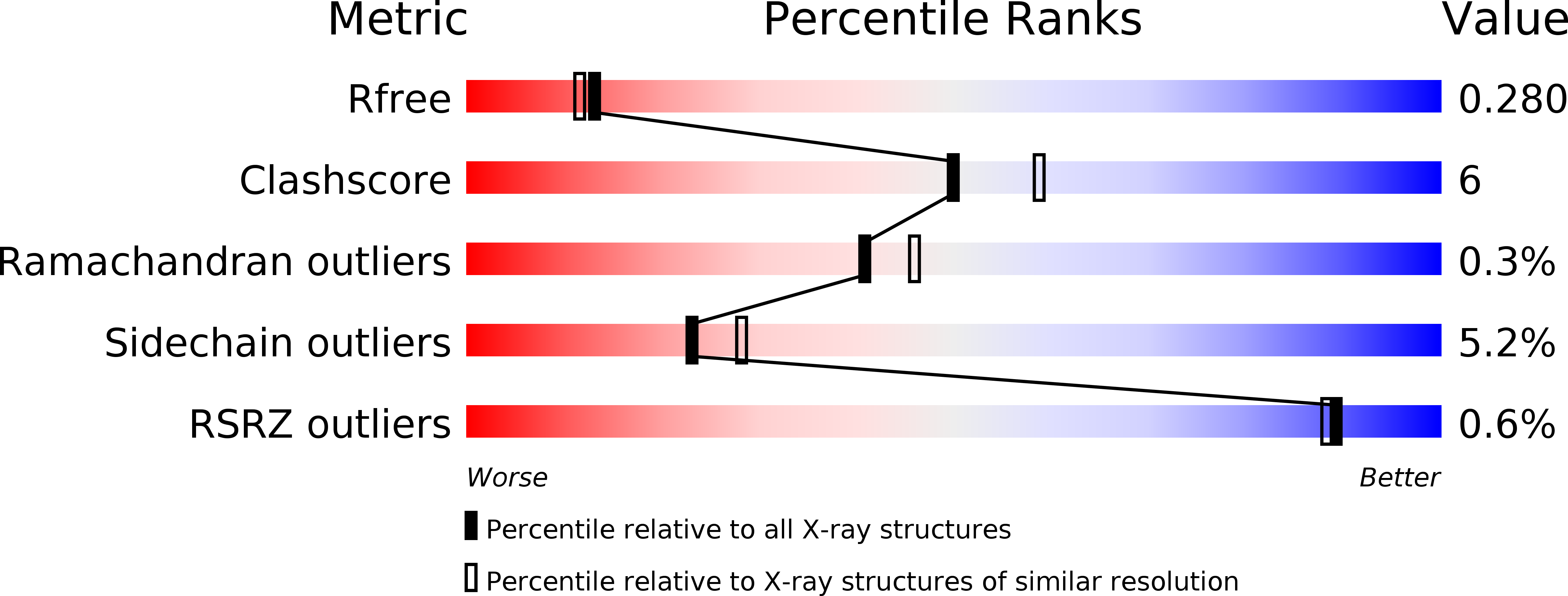
Deposition Date
2015-04-15
Release Date
2015-08-12
Last Version Date
2024-01-10
Entry Detail
PDB ID:
4ZZY
Keywords:
Title:
Structure of human PARP2 catalytic domain bound to an isoindolinone inhibitor
Biological Source:
Source Organism:
HOMO SAPIENS (Taxon ID: 9606)
Host Organism:
Method Details:
Experimental Method:
Resolution:
2.20 Å
R-Value Free:
0.28
R-Value Work:
0.21
R-Value Observed:
0.21
Space Group:
P 43 21 2


